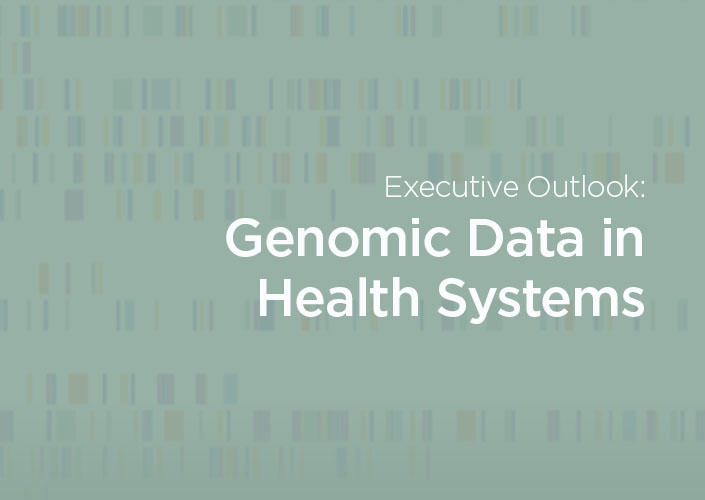GE Healthcare technologies give AdventHealth greater insight into operations, patient care
AdventHealth’s new Mission Control Center uses GE Healthcare artificial intelligence and predictive analytics tools to maximize data from its nine campuses, and orchestrate care across them. The command center is a prime example of the powerful intersection of data, analytics, and care.
The facility features a video wall of LCD screens, and as many as 60 monitors, which continually display information including patient bed status, and helicopter and ambulance status and movements. GE Healthcare designed what it calls its ‘Wall of Analytics’ to make transparency and care coordination across enterprise units, or even hospitals, simpler.
The technology also supports decision-making in areas including patient transfers and prioritization of placement and treatment. According to the press release, command-center technology has been shown to reduce wait times, expediting needed care.
Using data, AI to improve transparency, care coordination, and decision-making
GE technologies have been employed by other health systems for similar command center initiatives, including the Judy Reitz Capacity Command Center at Johns Hopkins, Quality Command Centre at Humber River Hospital, and System Mission Control at Oregon Health Science University, but AdventHealth made headlines when it opened the largest health system command center yet in August 2019.
Challenges remain, but health system execs optimistic about data-sharing
Nearly 70 percent of health system executives feel their organizations share information well across their health system, according to new interoperability research by the Center for Connected Medicine (CCM) in partnership with HIMSS Media. The research surveyed health system leaders from a variety of business and IT roles about health care interoperability.
Interoperability has been at the helm of health care data discussions and policymaking because of the need for data-sharing within and beyond health system walls. Improved data-sharing across the industry – with patients, payers, government, researchers, pharmaceutical companies, and beyond – is anticipated to benefit patient care and population health, and improve efficiencies, cutting costs.
Health system leaders are optimistic about interoperability today, with the vast majority believing their organization is aligning technology roadmaps/investments with interoperability initiatives (91 percent). But the CCM research also found that respondents felt the care of one in three patients would benefit from greater interoperability, and 36 percent believe interoperability challenges limit their health system’s ability to reduce the cost of care.
Command centers are one example of health systems investing to maximize data: they make data accessible and digestible in new ways to support health system staff and clinicians. In addition to technology, another resource frequently referenced in conjunction to burgeoning data and analytics is talent.
As new information becomes available, and information becomes available in new ways, teams may need to evolve to take on new structures and integrate new processes. For example, the AdventHealth incident command center is now part of its Mission Control Center, which is operated 24 hours a day by more than 50 staff.
More from the CCM
If you’re interested in learning more about predictive analytics in health care, and health care’s journey to maximize data, watch the CCM’s webinar, which features Travis Frosch, GE Healthcare Global Head of Data Strategy.
If you’d like to read more about health care interoperability, read the CCM research report Health Care Interoperability: Are We Making Progress?



